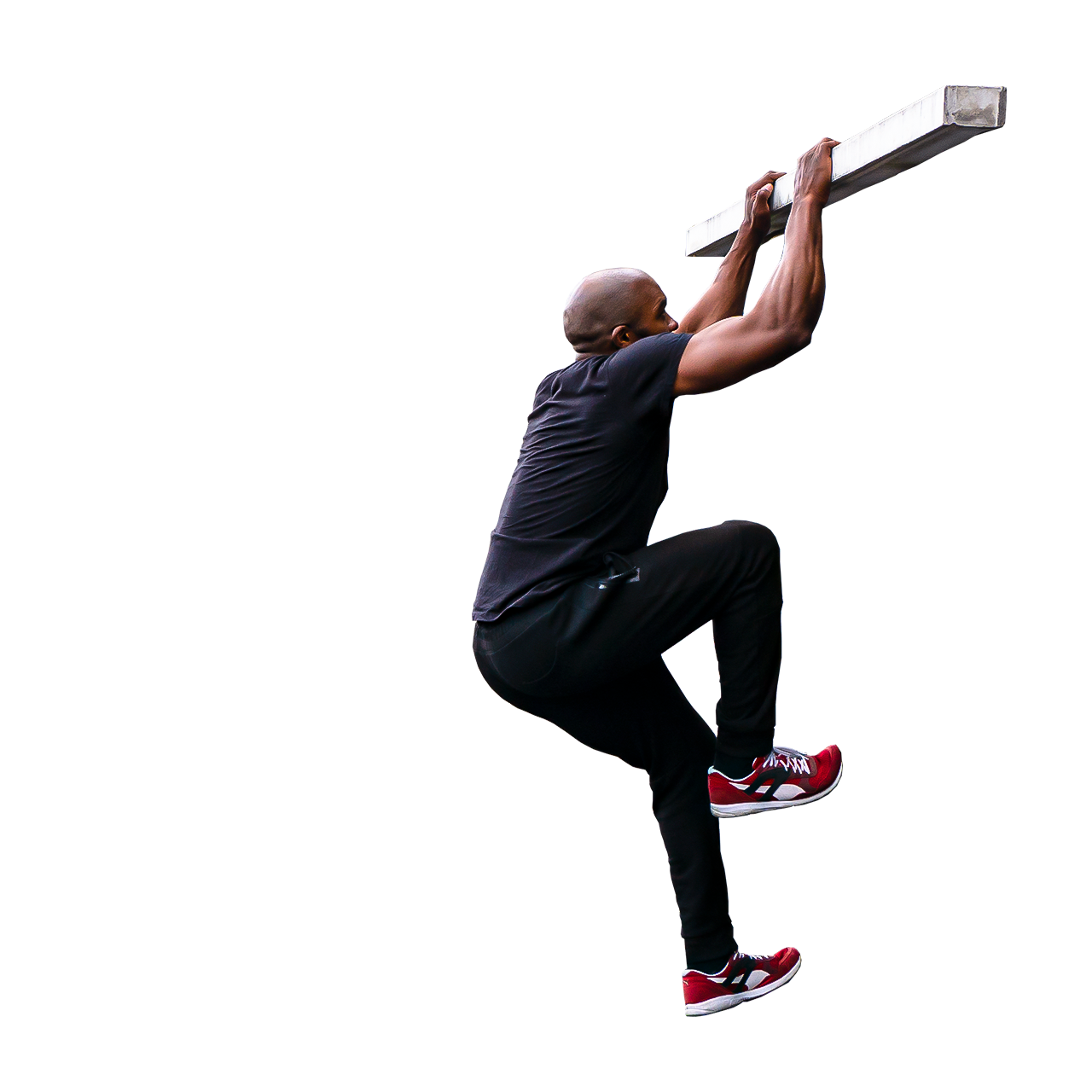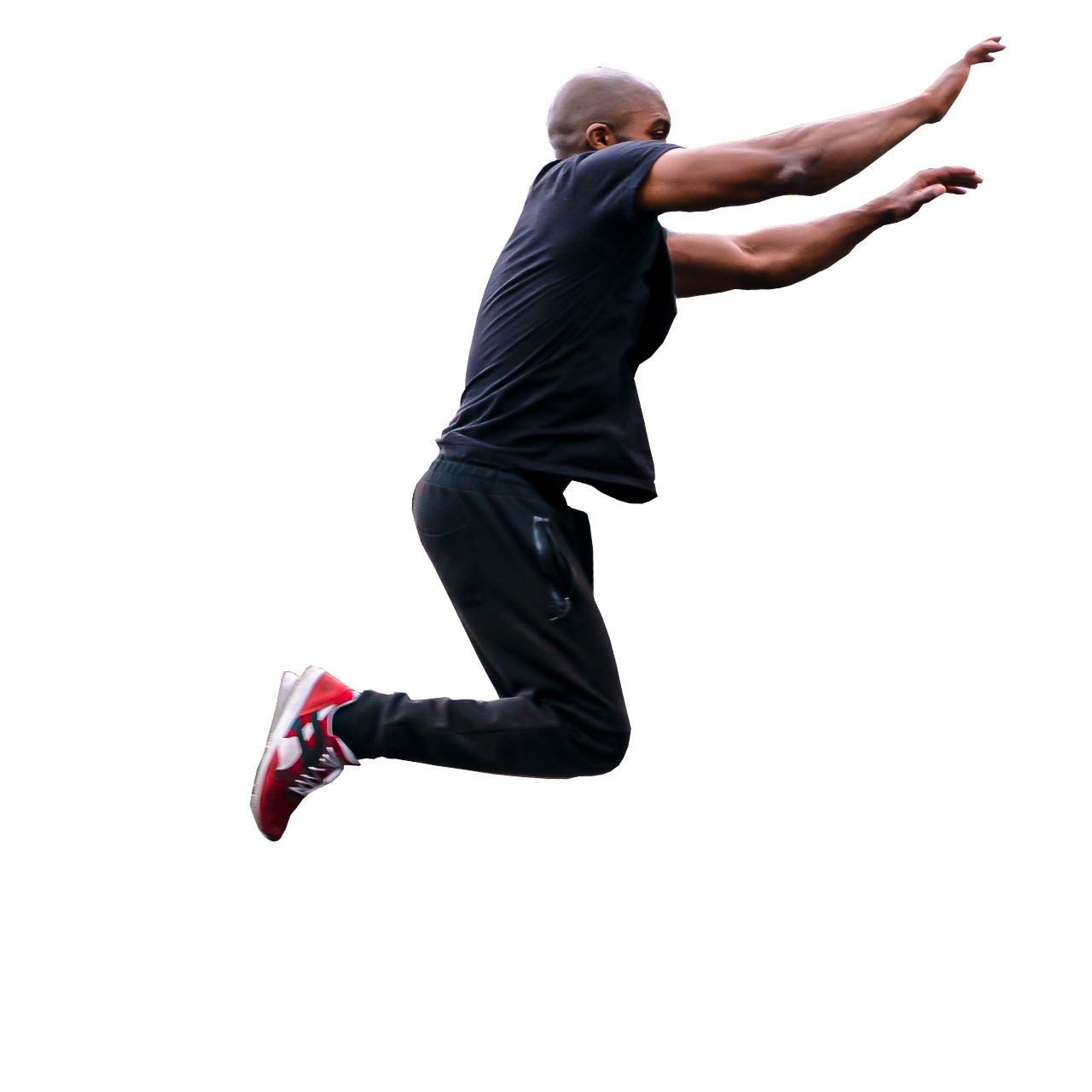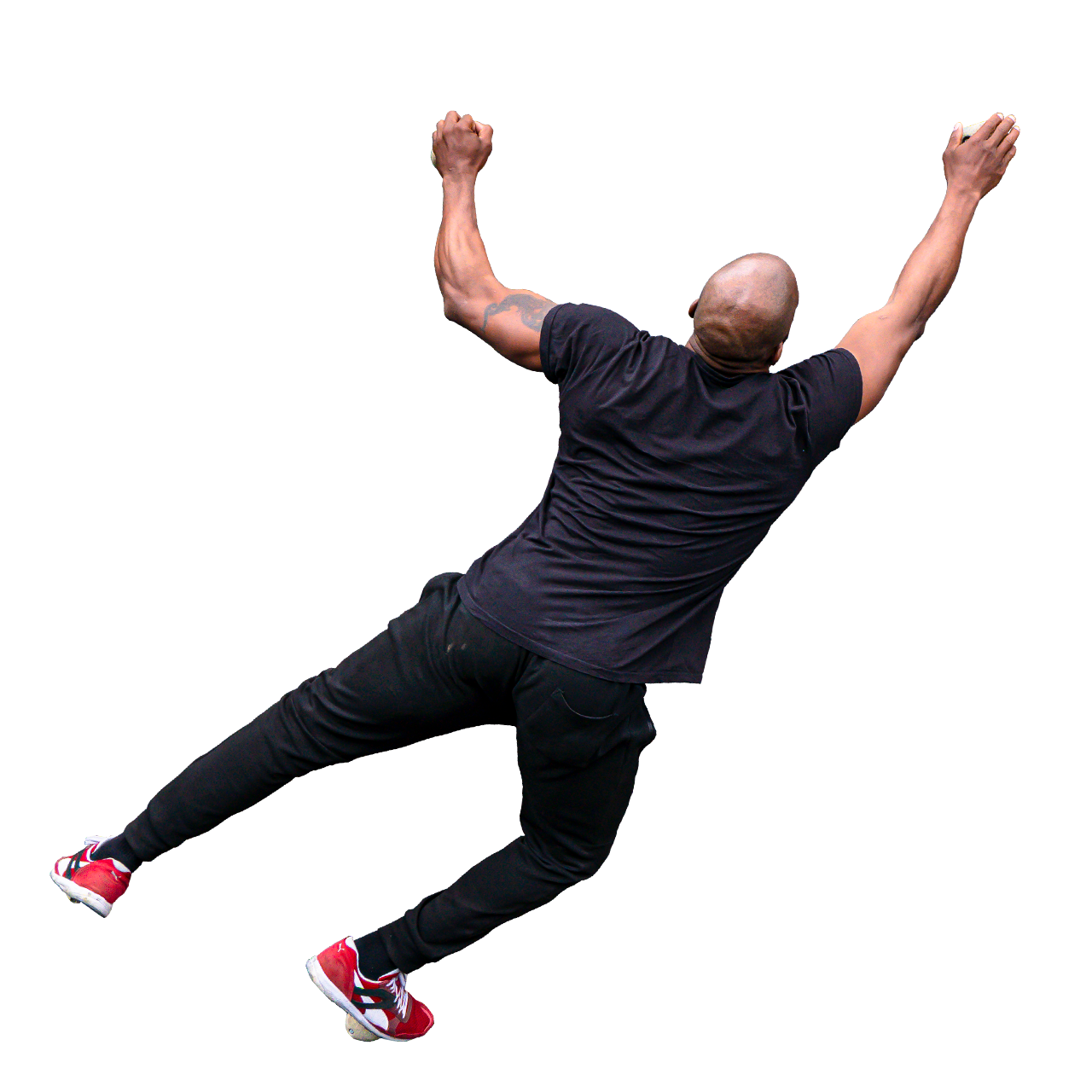
How to Pullup #27 – Basic Biomechanics
Having an understanding of what muscles should be used on the pull-up will really help to figure out any problems you may be having. This episode will start to look a little more in-depth at what your body should be doing to perform the exercise correctly.
Don't be put off by this stuff, I've made it a simple as possible and it's well worth even having a slight understanding of what's in this episode.
The primary puller
You may think that your arms should be doing all the work when trying to do a pull-up, but you'd be only partially correct.
Actually, the 'Lat' (Short term for 'Latissimus Dorsi') muscles are the biggest muscles that should do the majority of the work.
You want the biggest muscles in the work-chain doing most of the physical activity.
Biceps
Your biceps are actual two muscles (hence the 'bi' part of the word). The inner muscle that is closest to your chest is the 'short-head bicep' and the outer one is the 'long-head bicep'.
When doing a pull-up, both muscles will engage, but it's the long-head bicep that you want to do most of the work. The reason is that it will engage the lats and also make you use the correct 'torque' (tension) in the shoulder.
Engage
So, how do we use those lats and long-head bicep properly? Well, if you haven't tried the bicep and tricep openers from Julien Pineau of Strongfit, these will really help you to understand how to contract those muscle groups.
Something else to think about is when you do the pull-up, bring your elbow to your waist, rather than your neck to the bar. Driving the elbow back will engage the lats to pull more.
The Antagonists
These are the muscles we use to either hold a position or move in the opposite direction. If we are using the Lats and Long-head Bicep as the primary movers, the antagonists would be the Pecs (Pectorals/Chest) and the Short-head Bicep.
The Pecs and Short-head bicep will do the work when you are slowly bringing your weight back down from the bar, stabilising your position or holding position in any isometric training.
Let's talk about TORQUE
Torque is what you use to create tension your joints and muscles. Let's do a quick experiment to demonstrate...
If you push your hand into the ground straight down (like in a pushup), you are not using any torque. However, if you tense the muscles in your arm and imagine you are screwing your hand inwards towards the other hand, this is INTERNAL ROTATIONAL TORQUE. Note that the arm doesn't actually have to move, you are just creating tension that way.
Similarly, if you tried to screw the tension outwards and away from your other hand, this would be EXTERNAL ROTATIONAL TORQUE.
So, knowing that, doing a pull-up uses EXTERNAL torque.
Stabilisation
We want to stabilise our spine to protect and reinforce it while doing the pull-up. Let's get you to do that in two different ways.
- Use your abdominal muscles (abs and external obliques) to tense and try to stop your hips and legs from being dead-weight that moves around.
- Hold your breath. Take a deep breath and hold the oxygen in to create internal pressure. This extra pressure will support your lower back and spine during the exercise.
Videos Listing
Explore other series

Climbup Tips
A useful technique and powerful technique used to scale over the top of a wall, roof or obstacle from a hanging position on the side.

Cat Leap Tips
Jumping to the side face of a wall and catching either the top edge or a feature to remain on the side.

Tutorials
In-depth series on specific movement topics.

Demonstrations
In-depth series on specific movement topics.
Blog
Deep-dives into Parkour Topics.